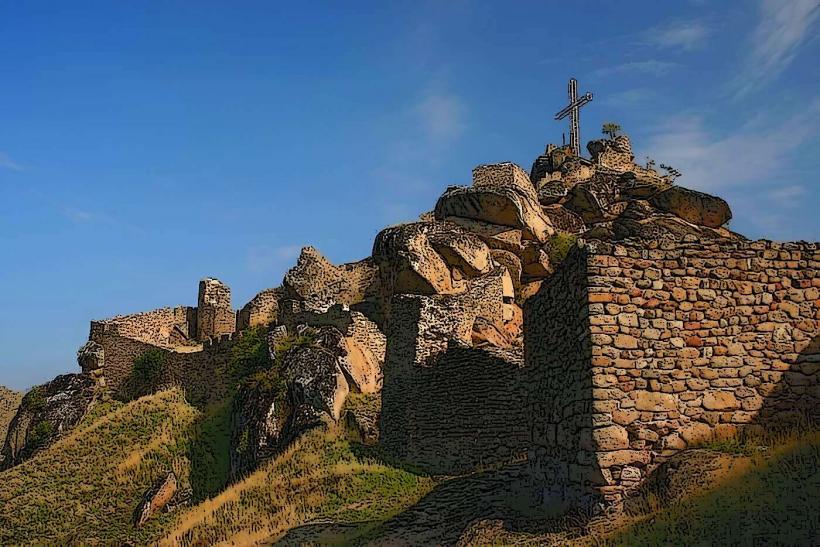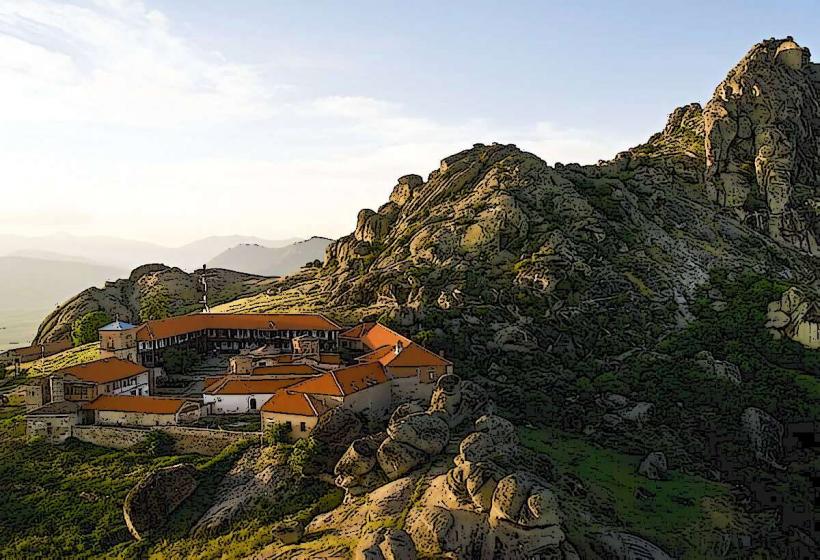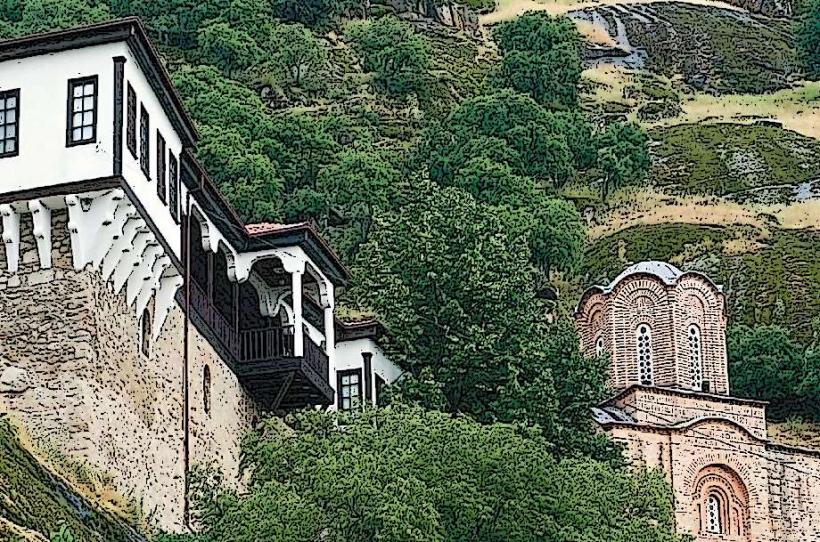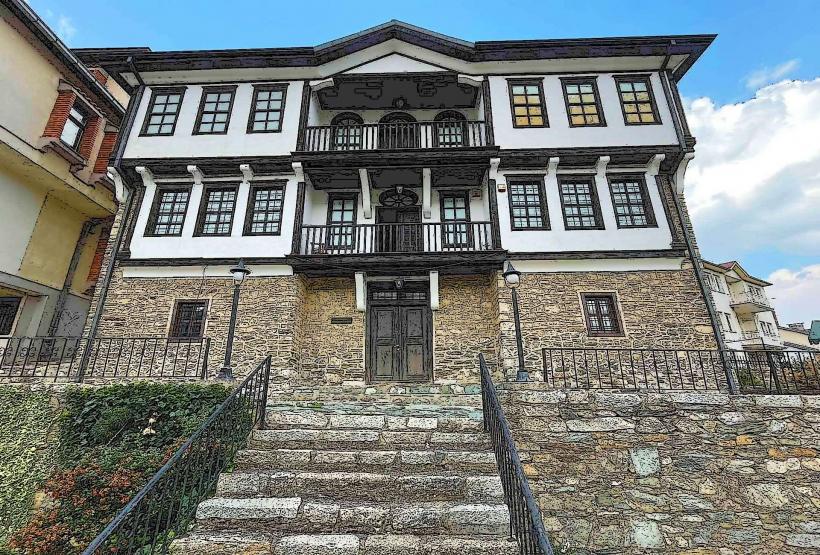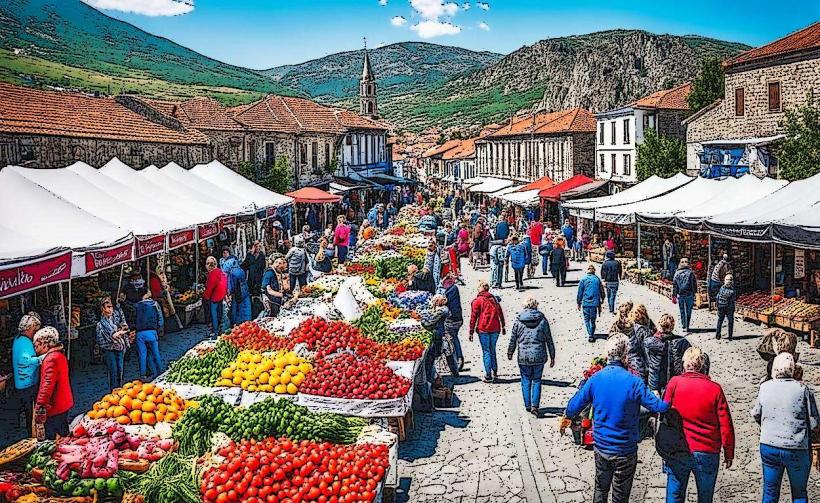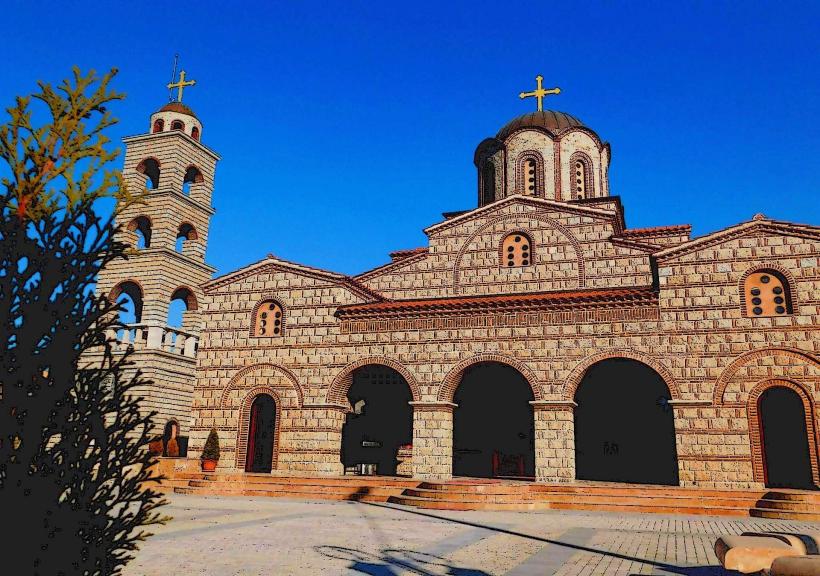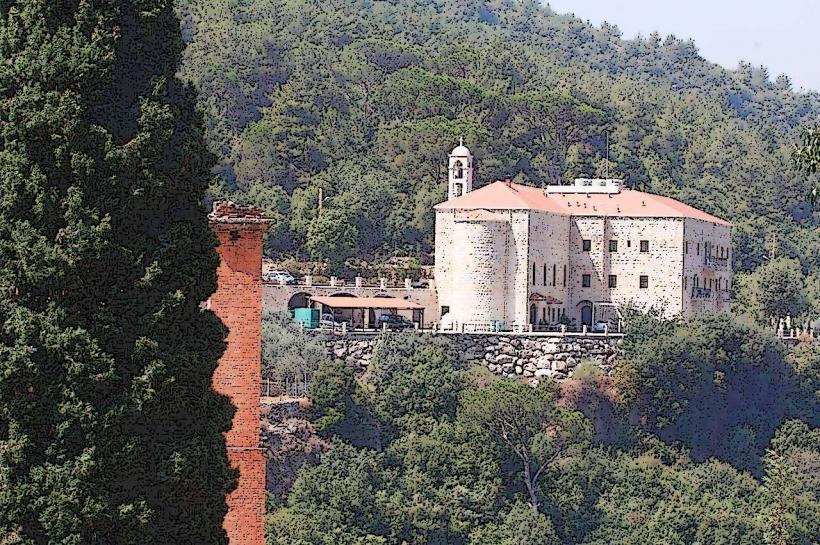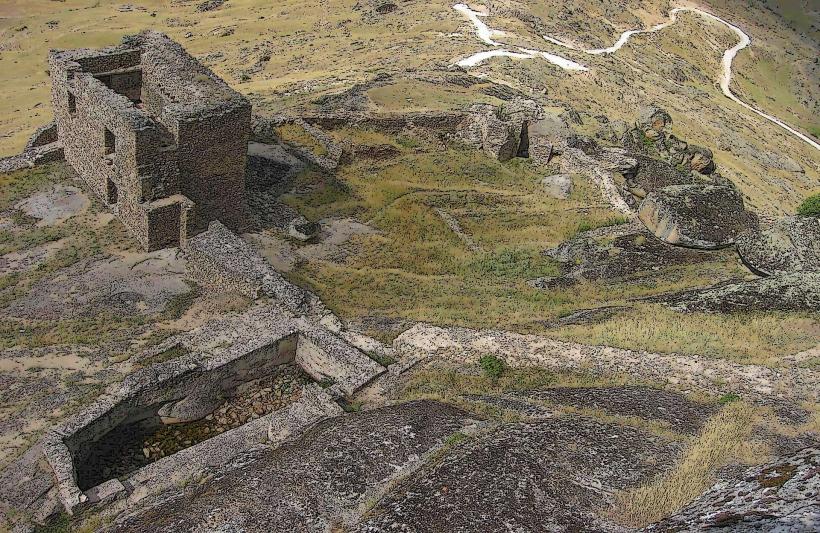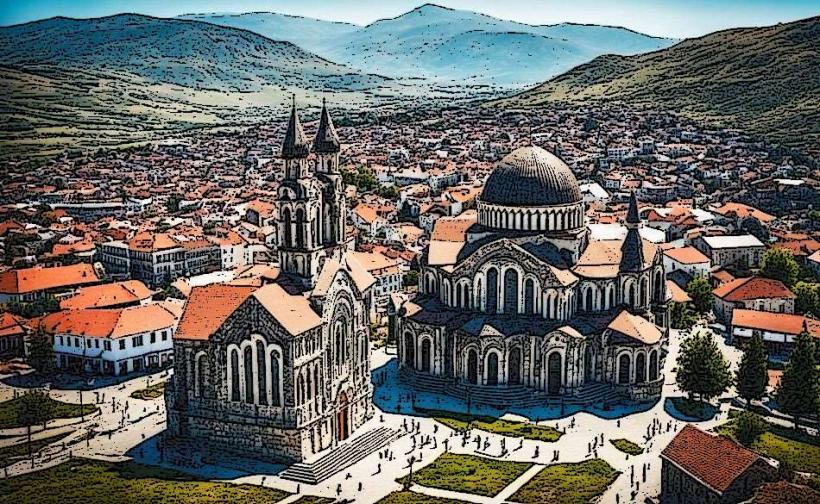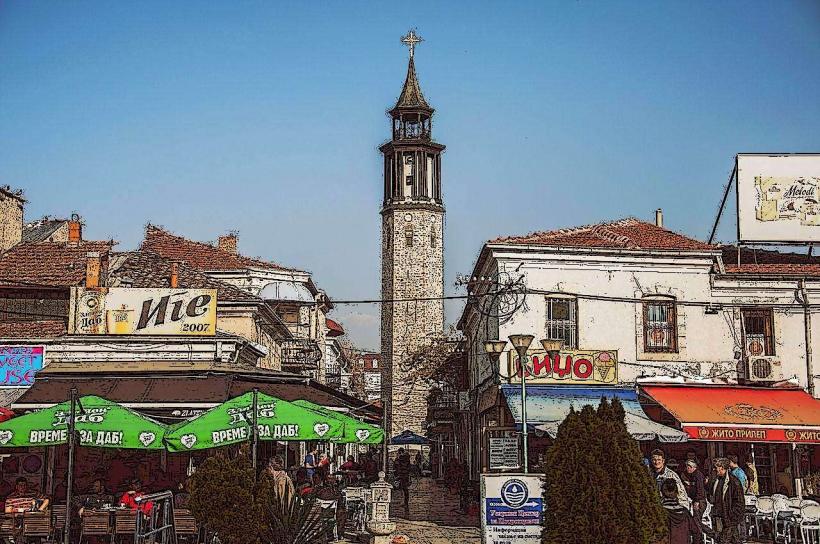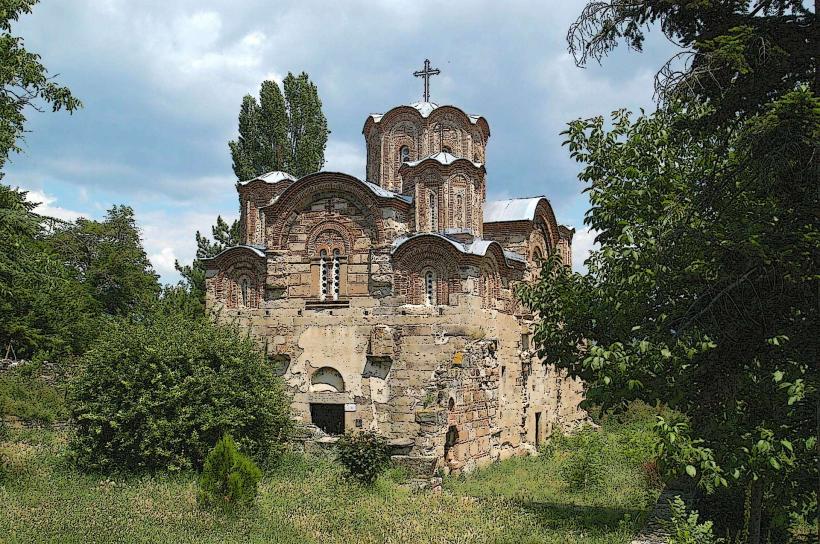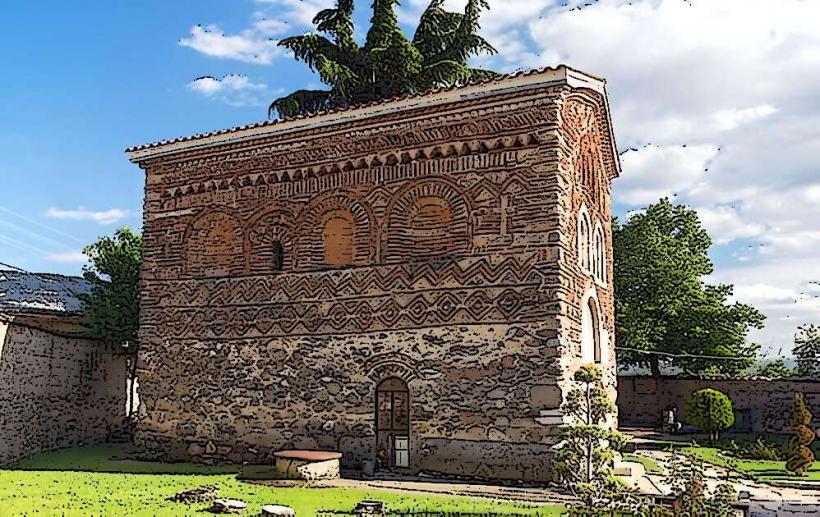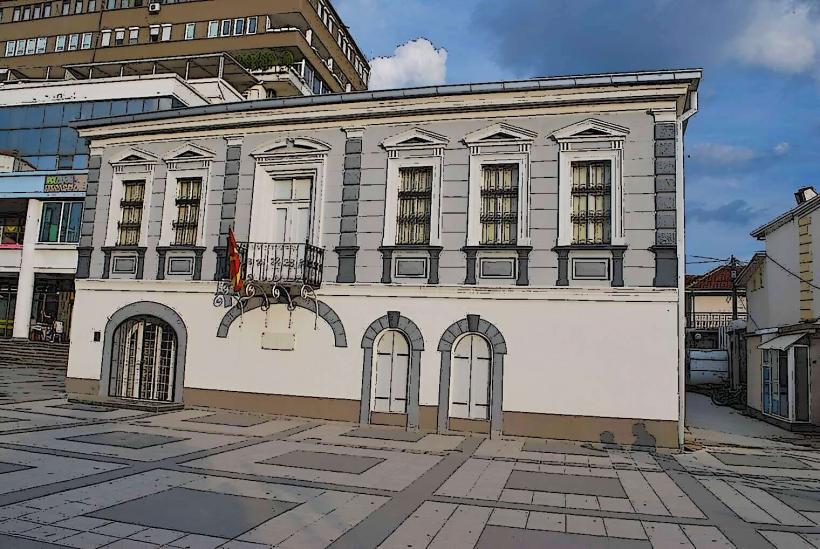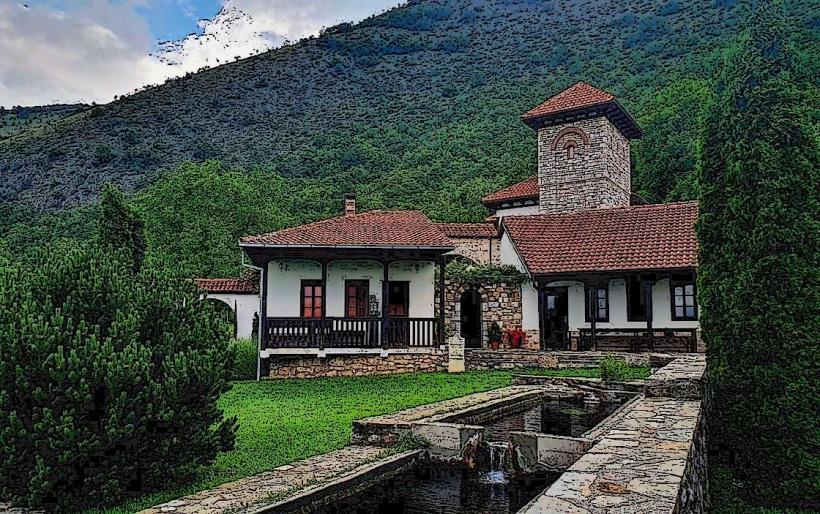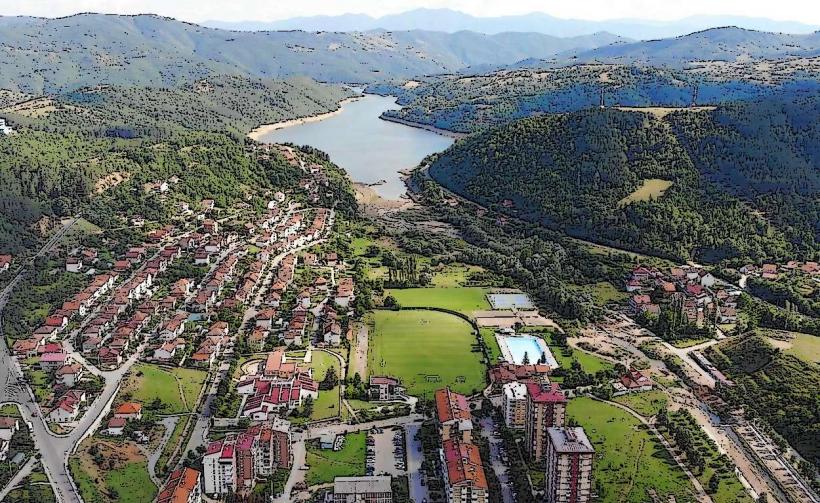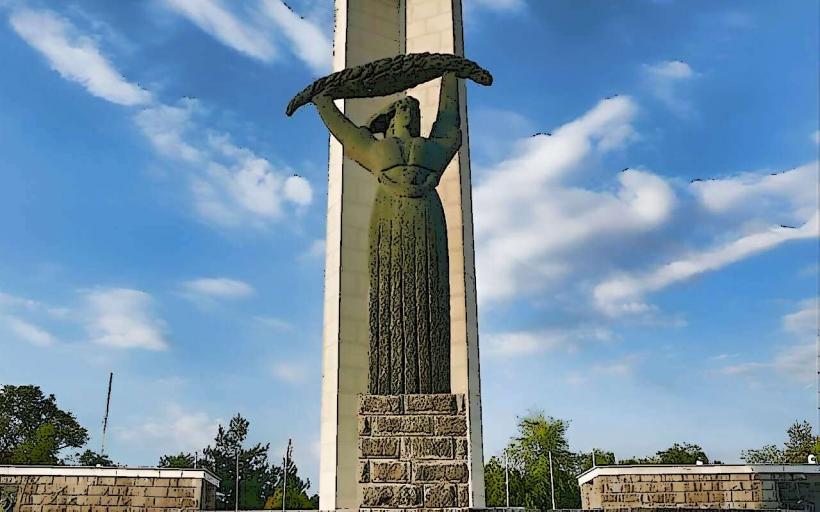Information
Landmark: Varosh Old TownCity: Prilep
Country: Norway
Continent: Europe
Varoš (also known as Old Town) is a historic and culturally significant area located in Prilep, North Macedonia. The term Varoš typically refers to the old town or historical center of a city, and in the case of Prilep, it is a place filled with centuries of history, architecture, and tradition.
Historical Background:
Medieval Significance: The Old Town of Prilep, known as Varoš, has been a significant urban settlement since the medieval period, and it developed as an important hub in the region during the Ottoman era. The town grew around the King Marko’s tomb and the Monastery of King Marko, with its strategic location at the crossroads of important trade routes.
Ottoman Influence: The area retains strong traces of Ottoman influence in its architecture, streets, and buildings. During the Ottoman Empire, Prilep was a prosperous town, and many of the Ottoman-era structures in the Old Town reflect the region’s diverse cultural heritage.
Cultural Legacy: The historic Varoš district is also a living testament to the Slavic and Orthodox Christian traditions of the region, combining elements of Byzantine, Ottoman, and local architectural styles.
Architecture and Features:
Traditional Stone Houses: The Varoš area is known for its traditional stone houses, which are typically two-storied, with wooden beams and roofs covered in tiles. These houses are built in the typical style of the region and are often surrounded by narrow streets, cobblestone paths, and small squares. Many of the houses have large courtyards, and some feature painted windows, typical of the local architectural style.
Cultural Heritage: The Old Town retains the atmosphere of a traditional Balkan settlement, with influences from Ottoman and Byzantine architecture. Buildings such as the old mosques, public baths (hammams), Turkish inns, and churches are among the key features of the town’s architectural diversity.
Religious Sites: The Varoš district is home to several churches and mosques, with the most notable being St. Nikola Church and the Prilep Mosque. The presence of both Orthodox Christian and Islamic structures is a reflection of the region's long history of cultural interaction under the Ottoman Empire.
Key Attractions:
King Marko’s Tomb and Monastery: While not directly in Varoš, the Monastery of King Marko and the legendary King Marko’s Tomb are close by, making the Old Town a gateway to these important cultural landmarks. These sites are connected to the legendary King Marko and are vital to understanding the region's history and folklore.
Shirok Sokak: This street is one of the most famous in the Old Town, lined with historical buildings, traditional shops, and cafés. It is the main thoroughfare in the area and offers visitors a chance to experience the charm of the Old Town with its mixture of Ottoman and local architectural styles.
Clock Tower: The Clock Tower in the Old Town of Prilep is an important landmark, built during the Ottoman era. It stands as a symbol of the town's historical importance and cultural heritage. The tower has long been a key feature of Prilep's skyline and is still functional today.
Prilep Old Bazaar: The Old Bazaar of Prilep is another important area within Varoš, where you can find traditional markets, craftsmen's shops, and historic inns. The bazaar reflects the Ottoman influence on the town and is an important part of the local economy and culture.
Traditional Architecture: Visitors to the Old Town will encounter the traditional architecture of the area, with stone houses, wooden balconies, and narrow cobbled streets. These buildings serve as a reminder of the town's rich and diverse history.
Cultural and Religious Importance:
Intercultural Heritage: The Varoš district is a symbol of the region's rich intercultural heritage, where Orthodox Christianity and Islam coexisted for centuries under the Ottoman Empire. The Old Town’s churches, mosques, and homes bear witness to this cultural diversity.
Cultural Revival: The Old Town, though less populated than in the past, is still an important part of the cultural life of Prilep. Efforts have been made to preserve the historical buildings and streets, and restoration projects are ongoing to ensure that the legacy of this unique district is preserved for future generations.
Visitor Experience:
Historical Exploration: Visitors to Varoš can walk through its narrow streets and enjoy the traditional stone houses, churches, mosques, and public squares. It’s a great place to explore on foot, soaking in the history and atmosphere of the past.
Shopping and Dining: The Old Town also offers opportunities for shopping and dining, with numerous traditional shops selling local crafts, artwork, and handmade goods. Cafés and restaurants in the area often serve local Macedonian cuisine, allowing visitors to enjoy the flavors of the region.
Cultural Events: Throughout the year, cultural events and festivals are held in the Old Town, including traditional music performances, art exhibitions, and craft fairs. These events celebrate the region’s rich cultural heritage and offer visitors an opportunity to experience the local traditions.
Conclusion:
Varoš (Old Town) in Prilep is a historic district that embodies the town’s rich past and cultural diversity. With its Ottoman-influenced architecture, traditional stone houses, religious landmarks, and bustling markets, the Old Town provides a fascinating glimpse into the history and daily life of Prilep over the centuries. It serves as an important cultural heritage site and continues to be a popular destination for both tourists and pilgrims interested in experiencing the history, architecture, and traditions of North Macedonia. Whether you are exploring its historic streets, religious sites, or enjoying the local culture, Varoš offers a unique and memorable experience.

